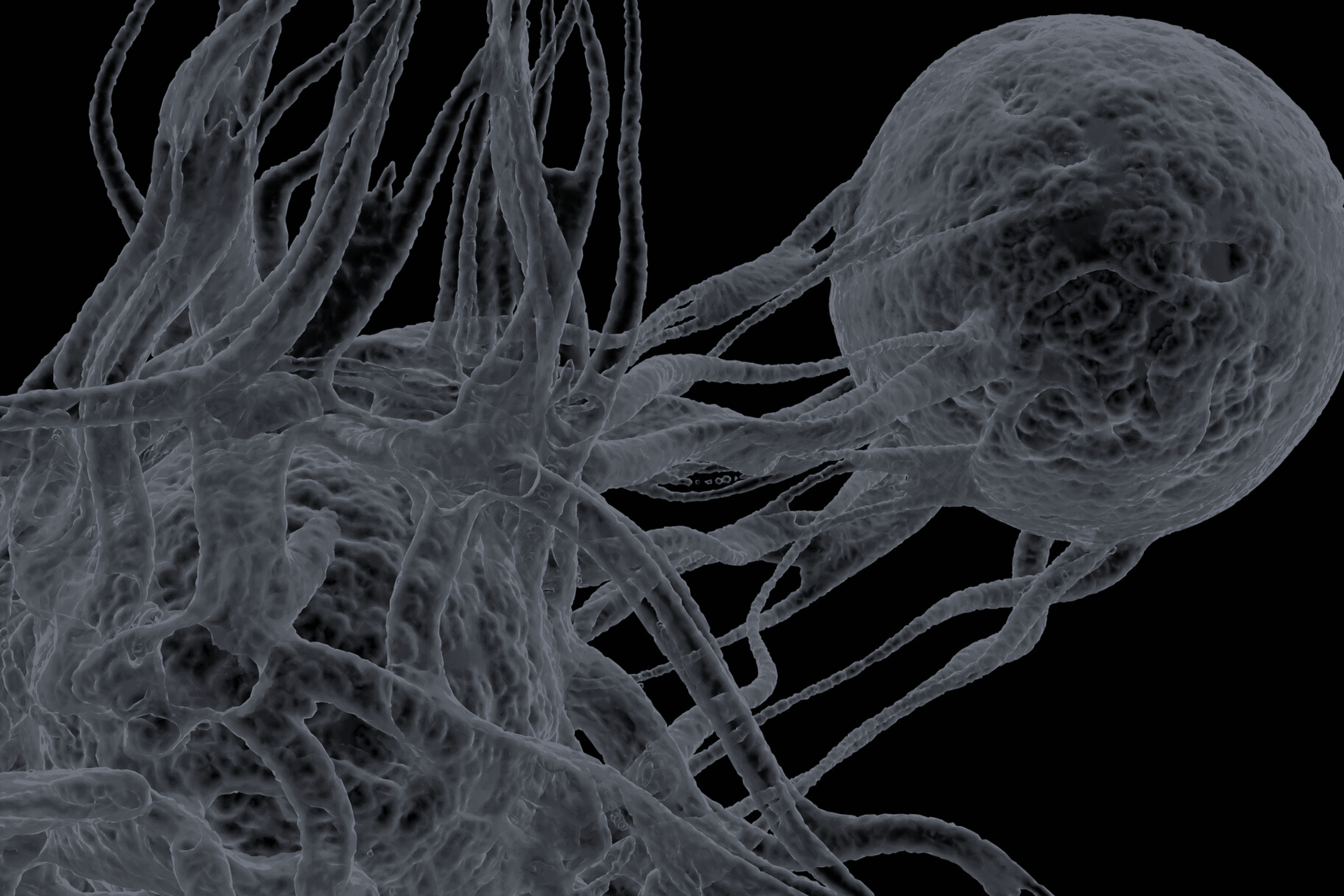This use case leverages explainable AI to identify a novel histological biomarker for colorectal cancer (CRC) risk stratification by analysing large datasets of lymph node tissue images. The approach aims to support early detection and more personalised treatment, potentially transforming clinical diagnostics in oncology.
Colorectal Cancer Risk Prediction with Explainable AI

Challenge
Colorectal cancer diagnosis currently lacks a known histological biomarker linked to lymph node abnormalities that could support early detection and risk assessment. This use case seeks to identify such a novel biomarker using weakly supervised AI models trained on survival-outcome-guided data. It aims to transform CRC screening by detecting patterns that are invisible to human pathologists but identifiable through AI in large-scale histopathological datasets.
Target
To discover a digital histological biomarker for CRC risk stratification using explainable AI (ExAI) trained on whole slide images, validated for clinical reliability.
Development Steps
-
Enhance existing foundation AI models for lymph node analysis to capture subtle histopathological patterns.
-
Generate image embeddings and use them to train a risk stratification predictor, linking tissue features to CRC risk.
-
Apply Explainable AI (ExAI) techniques to interpret the model and highlight potential novel biomarkers.
-
Design and prepare a validation study to test the predictor in clinical conditions for robustness and reliability.
Relevance / Target Stakeholders
-
Scientists in oncology and computational pathology
-
Physicians and clinicians seeking improved diagnostic tools and personalised cancer care
Impact
The identification of a new digital biomarker would significantly enhance the accuracy of colorectal cancer diagnosis, enable earlier detection, and support more targeted treatments. It would also contribute to biomedical research by providing a novel clinical parameter and encouraging further exploration into histopathological AI applications.














